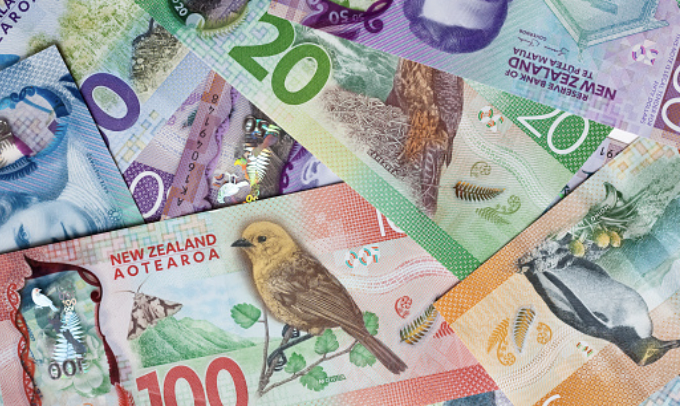
Alina Haynes
May 09, 2022 10:27
Following rate decisions from the RBA and the Federal Reserve, the Australian Dollar oscillated erratically over the course of the week. Wednesday and Thursday saw daily AUD/USD movements of more than 2 percent in opposing directions.
The clear message for the Australian Dollar is that it remains susceptible to fluctuations in the US Dollar.
The core underpinnings of the Australian economy remain robust. Public and private debt levels are quite manageable. This week's announcement of the trade balance (+9.3 billion AUD) underlined the strength of exports. The unemployment rate is at an all-time low of 4 percent, and economic growth is robust.
As the US Dollar adjusts to a Federal Reserve that is finally tightening monetary policy at breakneck pace to rein in skyrocketing inflation, none of this matters for the AUD/USD.
While the Reserve Bank of Australia (RBA) raised rates by 25 basis points (bp) on Tuesday, as anticipated in this column over a month ago, the Federal Reserve raised the stakes by 50 bp on Wednesday.
Fed Chair Jerome Powell effectively ruled out futures price increases of 75 basis points, causing the USD to weaken as the market had anticipated such increases.
The Dollar reversed course the following day after former Vice Chair Richard Clarida appeared to return to the super hawk position by stating, "Getting to neutral quickly will not be sufficient." AUD/USD was swept up in the turmoil.
The USD/CNY was permitted to fall to its lowest level since November 2020 prior to the weekend, which could have implications for the broader currency markets. If the currency of the second-largest economy in the world continues to erode against the US dollar, the dollar's strength may become even more widespread.
Consequently, the AUD/USD pair is in a vulnerable position as it trades near 18-month lows. The upcoming week will be dominated by Fed speakers. Any increase in hawkish rhetoric could lead to another jump in US Dollar strength, exposing AUD to losses.
The graph below illustrates the sensitivity of the Australian dollar to changes in the US dollar.


May 07, 2022 10:30
